Cartuja de Miraflores
This Gothic church houses ornate royal tombs and a magnificent gilded altarpiece.
This site’s monastic origins date to 1442, when King John II of Castile donated a hunting lodge to the Carthusian Order. When the original building was destroyed by fire in 1452, it was rebuilt in its current late Gothic form to produce one of the most magnificent monastic buildings in Spain.
While there is little unusual in the exterior, the building’s interior is spectacular. Even entering the space is a treat, as while approaching the main church door across the quadrangle, you can hear the plainsong emitting from somewhere along the structure’s right side.
The church’s interior has two main features: the royal tombs in carved alabaster and the magnificent gilded altarpiece. But these stellar sites are only a fraction of the attraction. Wherever you turn, you’ll find examples of fine carvings and numerous gold and bejewelled artifacts. There’s also a collection of religious paintings that would be hard to beat outside the Vatican.
The royal tombs include the joint sepulchre of King John II of Castile and his second wife, Isabella of Portugal, in the form of an eight-pointed star covered with numerous ornate carvings and the effigies of the two royals. Next to this is the tomb of the Infante Alfonso of Castile.
The huge, finely carved, gilded altarpiece is nearby. The gold for the gilding is said to have been in the first shipment from the Americas after Europeans discovered the continents in the 15th century. Fine carvings can also be seen on the choir stalls in both the Choir of the Lay Brothers and the Choir of the Fathers.
Adjacent to the main church chamber are displays of paintings, religious artifacts, and a model depicting the living conditions of the monks. This display also includes a pegboard that was rescued from the 1452 fire and was used to indicate the role to be taken by individual monks in a forthcoming service.
Know Before You Go
Free admission ( donations welcome) and free parking. The shop near the entrance/exit sells a range of products produced by the remaining 20 monks which still live in the monastery. Visitor can enter both the main church building and the adjacent chapel of St Bruno (where silence is requested).
Plan Your Trip
The Atlas Obscura Podcast is Back!



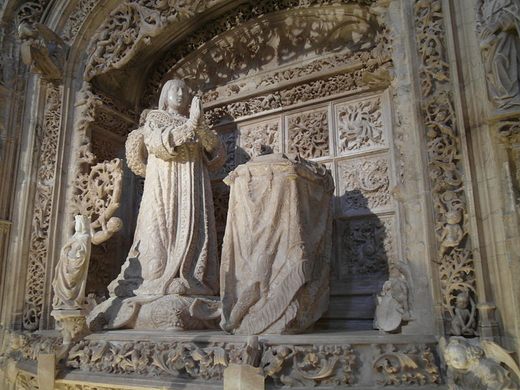
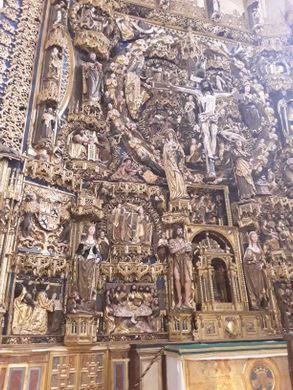
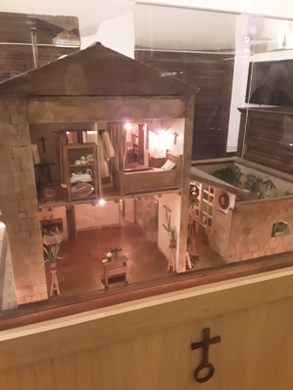

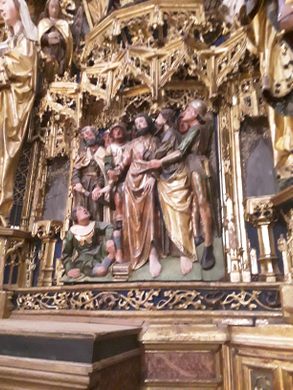
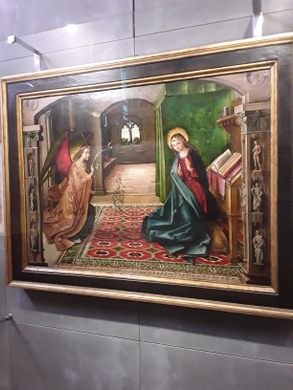
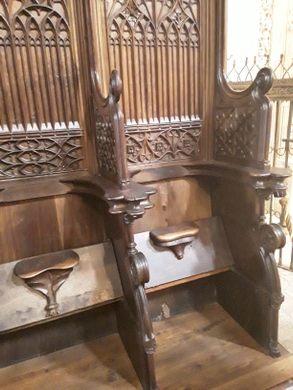
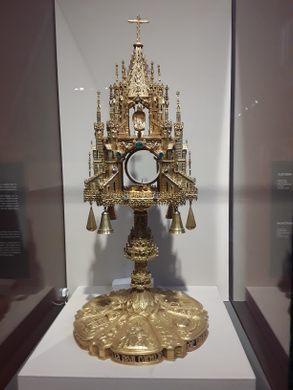
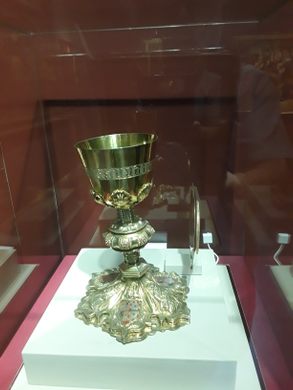
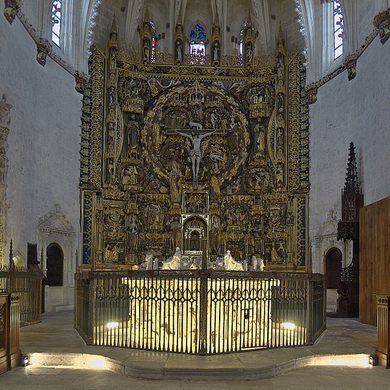

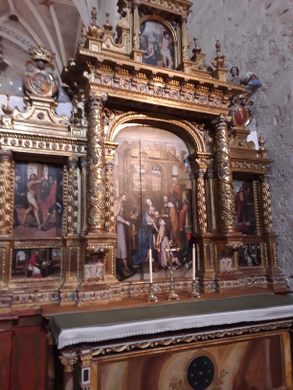
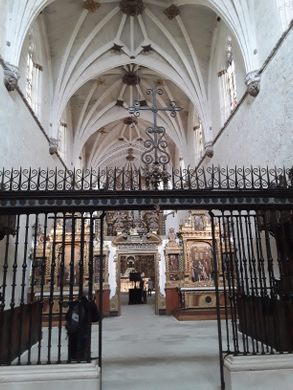

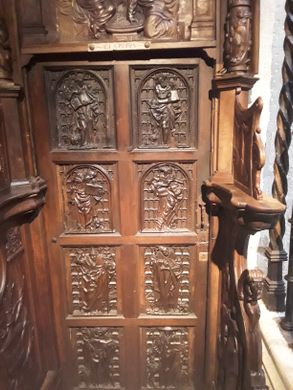

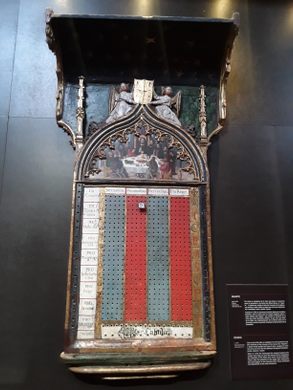
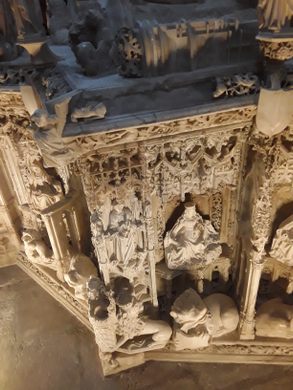





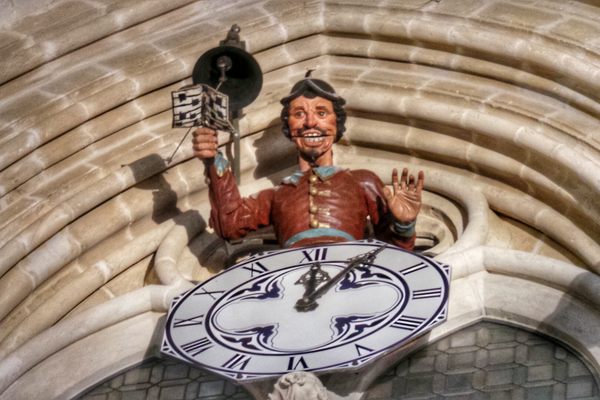






Follow us on Twitter to get the latest on the world's hidden wonders.
Like us on Facebook to get the latest on the world's hidden wonders.
Follow us on Twitter Like us on Facebook